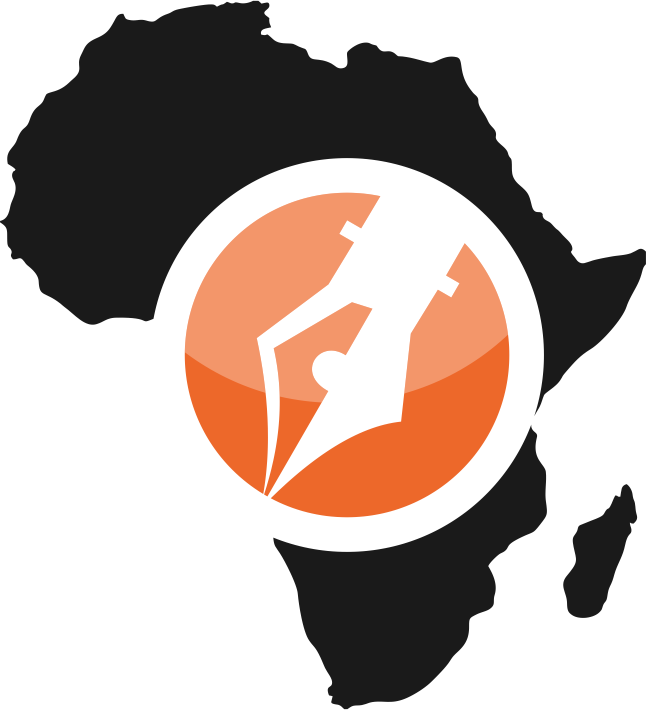A proposal is a document on which a plan or a course of action is suggested or put forward. The purpose of a proposal is to put forward an offer or consideration for acceptance, agreement or approval. The acceptance of a proposal is between two or more parties and it normally results in a contract or Memorandum. A good proposal should clearly articulate what needs need to be met by the request and how they should be met. It should be structured in a coherent manner that allows for the sponsor to walk their way through the organization’s work or the life of the person making a request as if they had known either personally. The tone, structure, diction, jargons and coherence of sentences should be clear and expressive in order to ensure effective communication. Not all proposals have the same structure; hence structure depends on the group of the proposal. The different groups of proposals are solicited proposals, unsolicited proposals, pre-proposals, non-competing proposals, and competing proposals.
Read – Expressive Writing: Using Your Personal Voice
Since solicited proposals are made in response to a request for a proposal they usually follow a format that comes with the request or they have directions and expectations. Pre-proposals are short and sometimes in the form of a letter stating the requests made. The group proposal that we will discuss today is the unsolicited proposal. Although there are different types in this group we will discuss the generic structure of them all.
- When writing an unsolicited proposal it is important to research on the work you need to do, its impact and how it is connected with the sponsor. The project or business needs or solutions should align with the sponsor’s mandate or line of work. Remember to have a budget attached to a proposal. A budget should clearly outline the purpose of the funds/resources requested. Put this in a table that has activities standing next to funds in order to justify requested funds or resources. It is important to have a work-plan summary/projects document on standby in case the sponsor requests it in order to learn more about your proposition.
- The next step is writing the proposal. Every proposal should start with an introduction that summarizes the whole proposal in a way that hooks the audience. Your whole proposal should be narrated in the introduction starting with an action and followed by the problem it is solving. Remember to introduce the person or organization making the proposition and communicating their request. Not that there is a required length but normally a paragraph is enough. An introductory summary is the make or break of any proposal, it is the reason a sponsor will decide to continue reading the proposal or not.
- Once you have given the sponsor a reason to read through your proposal they should begin to understand more about the problem that you are solving in the second paragraph. This paragraph gives researched problem identification. Qualitative or quantitative depending on the problem you want to solve. Remember it is your articulation of the problem that hooks the sponsor. The same problem can be presented in many different ways depending on the sponsor. This means customize the problem; understand the mandate of the organization or the corporate social responsibility of the sponsor. For example, if you have a Covi-19 related proposal the best organizations to approach during the Covid-19 pandemic lockdown are the ones whose profits are directly affected by it because they are the ones that need the pandemic to be lifted as soon as possible so that they can get back to business.
- So now that your sponsor has realized how they can benefit from helping you solve your problem, lay out the solution you have. In this case, use both qualitative and quantifiable solutions. You should state how far and wide your solutions will go and how long it should take you to complete the project. How long after the project is completed will its impact be felt? Is it an on-going project that develops and changes as it goes requiring more funding?
- You could choose to give a step by step account but this can prove to be a challenge if your idea does not have intellectual property rights. However, a summarized work plan could be the best option. You could put it down as a visual presentation just to present justification of each action in the timeline that you would have given and to help the sponsor understand why it is the best course of action. Remember you do not have to detail activities, just give the sponsor an understanding of why your methods are better.
- Lastly, reinforce your proposal with a conclusion. Some proposals will have a budget before the conclusion but I always advise that the budget be attached to avoid offing the sponsor with monetary figures before they understand what you are about. Make sure your conclusion convinces the sponsor to offer the requested resources. In this part of the proposal, you are laying your plea down and asking for resources to carry out a project that will bring much-needed change. Summarize the background and the solutions in a convincing tone.
For further reading on types of proposals please visit https://www.process.st/project-proposal/
Tildah Magoba is a published writer, blogger and coffee lover. She is from Zimbabwe
is a published writer, blogger and coffee lover. She is from Zimbabwe







